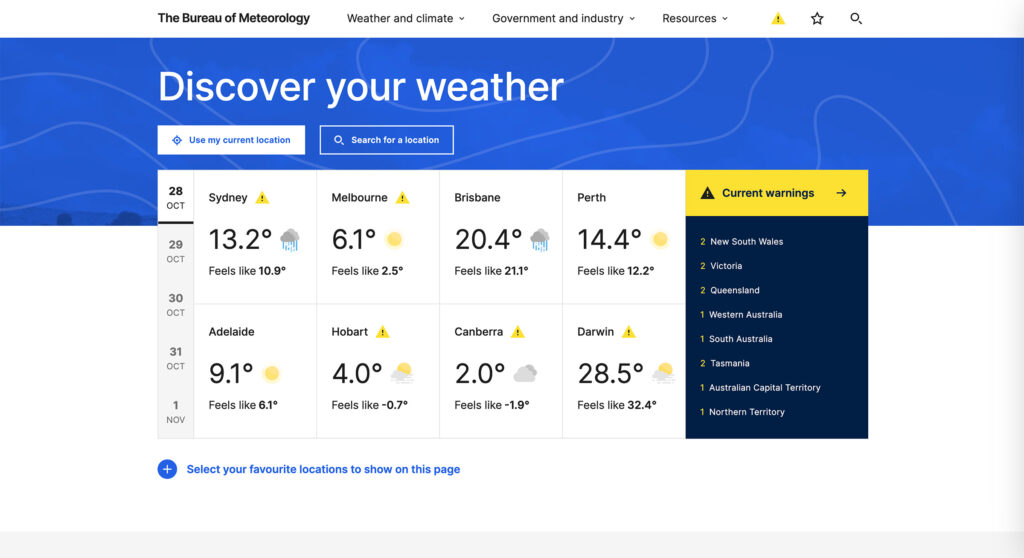A great blog post can do a lot of heavy lifting in marketing for businesses. It drives traffic, boosts SEO, builds trust with your audience and positions you as an expert in your industry. But what separates a forgettable article from a valuable piece of content? At HyperWeb, we help clients create web content that performs — and that means knowing how to write blog posts that are strategic, reader-friendly and SEO smart.
If you want to create content that resonates and ranks, here’s everything you need to know to write a great blog post — from headline to CTA.
1. Know Why You’re Writing
Before you start writing, it’s essential to clarify the purpose of your post. A blog isn’t just there to fill space — it should serve a specific function. Are you answering a common customer question? Educating your audience on a topic? Or driving conversions for a product or service?
Knowing the why will help you tailor the content, tone and format. For example, a how-to guide requires a different approach than a thought leadership piece. Understanding your audience’s intent — whether they’re searching for practical advice or deeper insight — ensures your content lands where it matters.
2. Create a Headline That Grabs People
Your headline is often the deciding factor in whether someone clicks on your blog post. A strong headline is clear, specific and gives the reader a reason to care. For example, a headline like “5 Simple Ways to Improve Your SEO” is more effective than “Tips for Better Search Rankings” because it’s direct and promises value.
When brainstorming headlines, try writing several variations to compare — often your best option will appear after a few drafts. Using keywords relevant to your topic helps with search visibility, and including phrases like “how to” or numbers can increase click-through rates. People want to know exactly what they’ll get before committing their time.
3. Hook Readers From the First Line
Once you’ve got someone on the page, your introduction has to keep them there. It should make a strong connection by identifying a problem, asking a provocative question or telling a brief anecdote. Most importantly, it should make clear what readers will get by sticking around. For example, if you’re writing a post about writing blog posts, you could open with:
“Struggling to get eyes on your blog? You’re not alone. With thousands of posts published every hour, it’s harder than ever to stand out. But with a few simple strategies, you can write posts that people want to read — and Google wants to rank.”
A strong opening builds trust and sets the stage for your main message.
4. Make It Easy to Skim and Scan
Great blog content is written with busy readers in mind. Most people don’t read blog posts word for word — they skim first. That’s why formatting matters.
Use clear subheadings to break up sections, bullet points and numbered lists for digestible ideas and short paragraphs to keep the page clean. Avoid large blocks of text, which can be overwhelming. Highlight key concepts within the body of your text, not just visually but through strategic repetition and emphasis.
Write in a conversational tone — like you’re talking to a smart friend. This makes your content approachable and easier to understand.
5. Deliver Real Value
A great blog post provides more than surface-level commentary. It adds to the conversation. That might be personal insight, original data, a practical framework or real-life examples that readers can apply immediately.
If you’re covering a topic that’s been done before, find your angle. What’s your unique take? How can you make this more relevant to your audience? Aim to create a resource that’s genuinely useful — something your readers might bookmark, share or refer back to. When you focus on delivering value, SEO and engagement often follow.
6. Optimise Without Overdoing It
Optimising your blog post for search engines helps your content get found, but good SEO starts with good writing. Start with a target keyword and use it naturally in your title, headings and first paragraph. Don’t force it — Google is smart enough to understand context, so focus on writing clearly and naturally.
Include related terms, link to relevant pages on your site and make sure images have descriptive alt text. If you have the tools, add meta titles and descriptions to improve click-through rates from search results. Technical SEO matters too: compress images, ensure your site is mobile-friendly and use clean URLS.
But don’t write for robots — always prioritise clarity and readability. Helpful content ranks best in the long run.
7. Tell Readers What to Do
Every blog post should have a purpose. After you’ve delivered value, tell your readers what to do — whether that’s get in touch, download a resource, sign up for a newsletter or simply explore more content on your site.
The call to action (CTA) should be clear and relevant to the content they just read. For example:
“Need help with a content strategy that works? Get in touch with the HyperWeb team — we’d love to help.”
This adds a layer of marketing but keeps the focus on solving the reader’s problem.
8. Edit Until It’s Clear and Concise
Even the best writers don’t get it right the first time. After you’ve written your draft, step away and come back with fresh eyes. Read it slowly — or better still, out loud. This helps you catch awkward phrasing, grammar slips or run-on sentences.
Edit brutally. Ask yourself: Is this sentence necessary? Could it be said more simply? Could this section be broken up for better flow? Clear writing is powerful writing.
Use tools like Grammarly to refine your work, but always trust your judgment over automation.
9. Make It Look Good
Content design matters. Add images, diagrams or pull quotes to break up the text and reinforce your points. Use consistent fonts and plenty of white space so readers don’t feel overwhelmed.
If you’re explaining a concept or process, consider including a simple visual — it can often convey more than paragraphs of text. And don’t forget accessibility: ensure good contrast, use alt text and choose fonts that are readable on all screen sizes.
10. Share, Track and Tweak
Once your post is live, promote it everywhere. Share on social media, include it in your newsletter, and link to it from other pages on your site. Get your team to share it too — great content deserves sharing.
Track how the post performs using Google Analytics or your website dashboard. Look at the time on the page, bounce rate and conversions. Use that data to improve your future posts and update older ones when needed to keep them fresh and relevant.
Writing a blog post gets easier the more you practice. It’s about starting with your audience, creating a structure around value and editing until it’s polished. Whether you’re a seasoned marketer or just starting out with content, you’ll get the best results by focusing on clarity, usefulness and connection.
At HyperWeb, we create digital strategies that work and content that drives growth.
Get in touch to turn your ideas into content that works.




